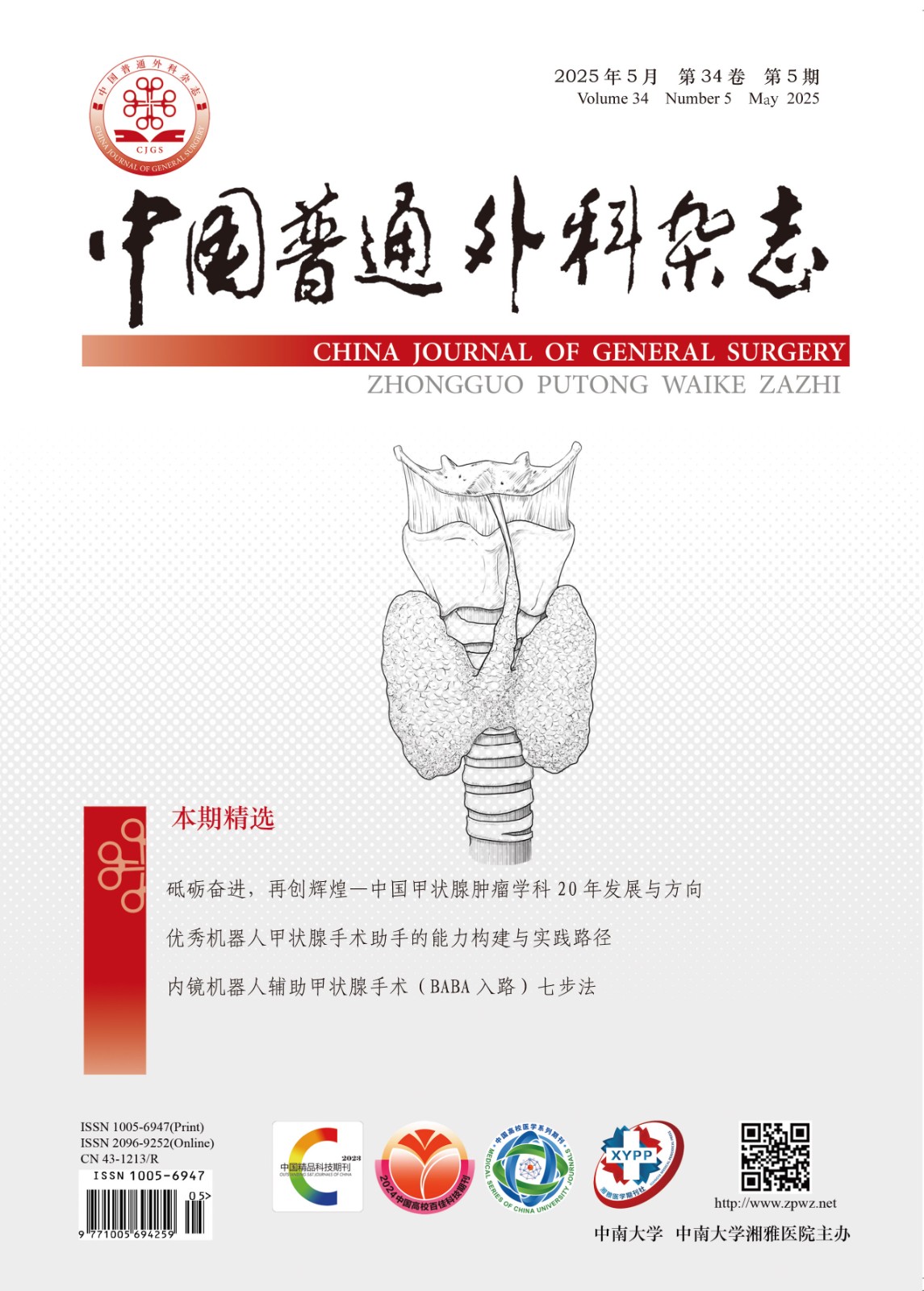Abstract:Background and Aims Deep vein thrombosis (DVT) in patients after surgery for gynecological cancer will cause pulmonary embolism or sudden death, and poses a serious threat to patient's life. This study was conducted to identify risk factors for postoperative DVT in patients with gynecologic cancer through a Meta-analysis, so as to provide an evidence-based basis for preventing and reducing the occurrence of postoperative DVT in gynecologic cancer patients.Methods The cohort studies or case-control studies concerning risk factors for postoperative DVT in gynecological cancer patients were collected by online search in several national and international databases. The retrieval time was from inception of the database to March 2021. Meta-analysis was conducted by Revman 5.3 software.Results A total of 19 studies were included involving 4 964 patients, with 1 040 patients in the case group and 3 924 patients in control group, in which a total of 36 risk factors were studied. Results of analysis of the pooled data for 10 risk factors showed that previous history of DVT (OR=3.70, 95% CI=2.15-6.35, P<0.001), old age (OR=2.99, 95% CI=1.85-4.82, P<0.001), concomitant hypertension (OR=2.25, 95% CI=1.32-3.83, P=0.003), prolonged operative time (OR=1.03, 95% CI=1.02-1.04, P<0.001), increased BMI (OR=1.87, 95% CI=1.55-2.25, P<0.001), longer postoperative stay in bed (OR=3.17, 95% CI=2.56-3.92, P<0.001), high fibrinogen level (OR=2.80, 95% CI=2.26-3.47, P<0.001), advanced tumor stage (OR=2.56, 95% CI=1.83-3.57, P<0.001), presence of lymph node metastasis (OR=2.88, 95% CI=1.58-5.25, P=0.000 6), and high D-dimer level (OR=2.52, 95% CI=1.84-3.43, P<0.001) were all risk factors for postoperative DVT in gynecologic cancer patients.Conclusion Based on the 10 risk factors identified in this study, the clinicians should aggressively identify the high-risk population for postoperative DVT among gynecologic cancer patients, and then provide specific measures to prevent or reduce the risk of DVT for them.














































